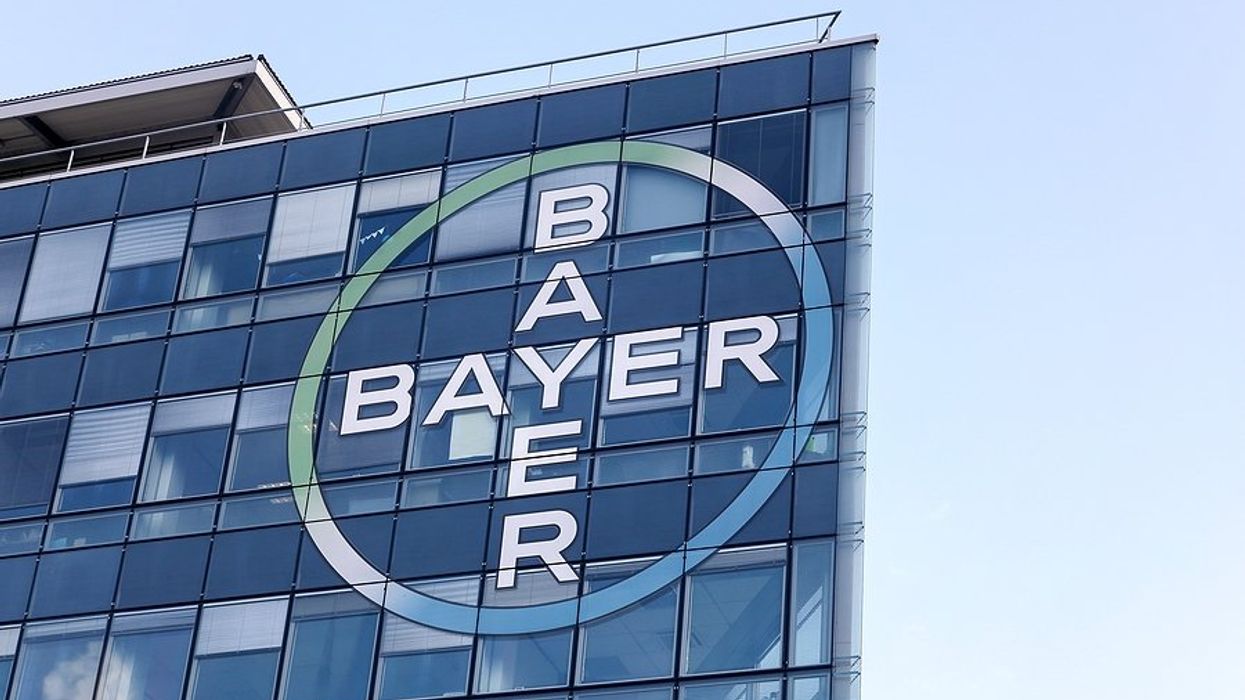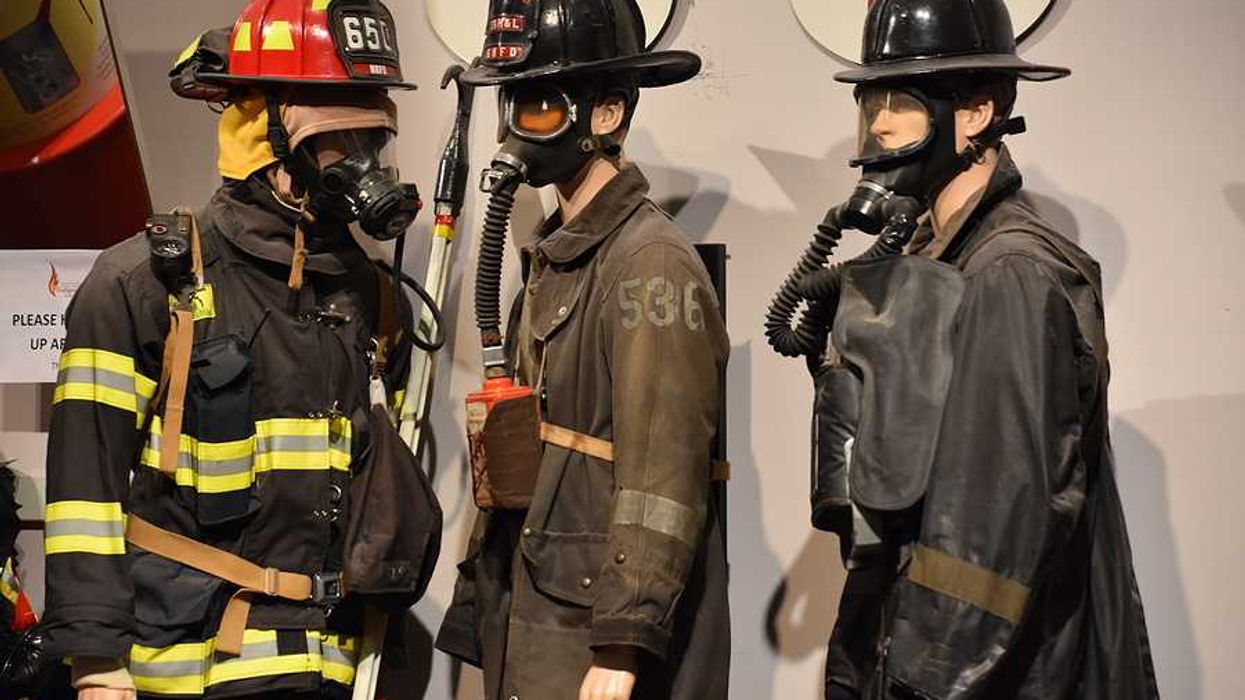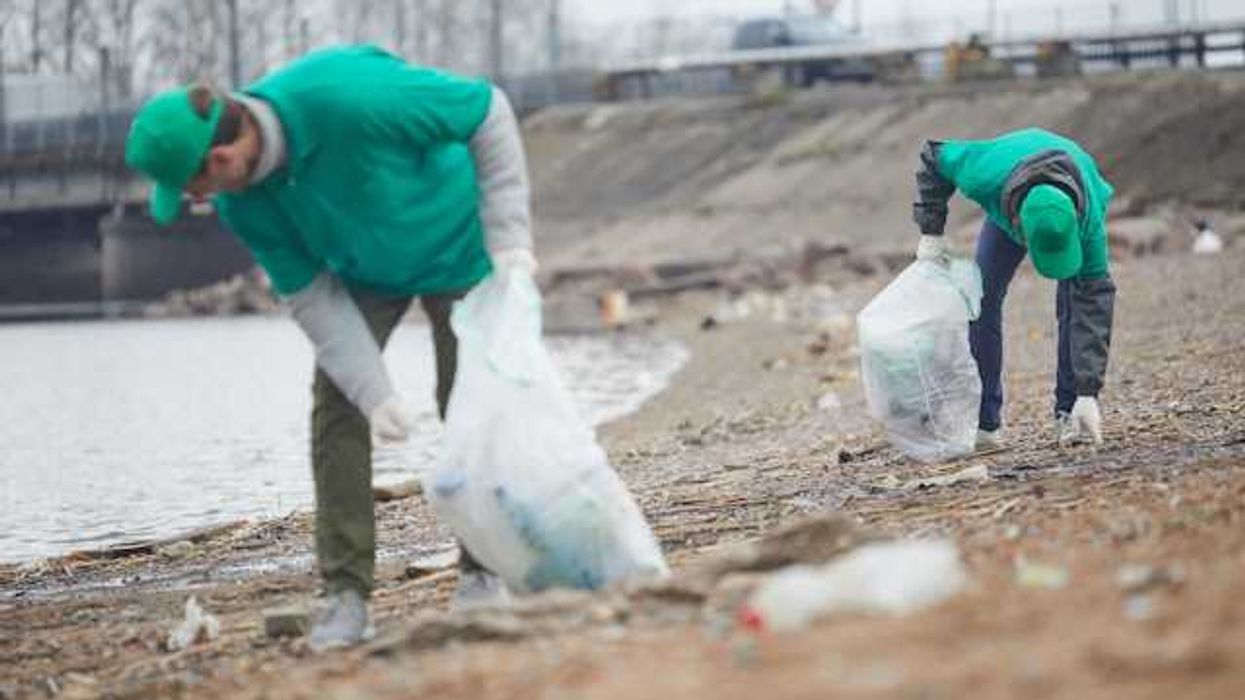Indigenous leaders from Peru’s northern Amazon have filed a formal complaint accusing the government of enabling illegal gold mining that has poisoned waterways and people with mercury.
Steven Grattan reports for The Associated Press.
In short:
- Indigenous and rural communities along the Nanay River allege Peru has failed to enforce a regional policy to stop illegal mining, submitting a complaint to the Andean Community in Lima.
- Mercury exposure is widespread; a study found 79% of residents had unsafe levels in their bodies, with young children carrying the highest burden due to frequent fish consumption.
- Leaders report rising social instability, environmental threats, and weakened local governance, calling the situation a humanitarian and ecological crisis.
Key quote:
“The mercury is in our bodies now. We’ll have to live with this if the Peruvian state does nothing.”
— Jhonny Huaymacari Yuyarima, representative of the Ikito Indigenous people
Why this matters:
Mercury is a potent neurotoxin that damages the brain, kidneys, and immune system, especially in children and pregnant women. It accumulates in fish, particularly carnivorous species, and then climbs the food chain — a direct threat to communities like those in Loreto, Peru, who rely on fish for daily nutrition. Illegal gold mining, which uses mercury to extract metal from ore, has exploded across the Amazon, deforesting land, polluting rivers, and disrupting ecosystems. The Nanay River, a source of drinking water for the city of Iquitos, now carries high levels of contamination. Without enforcement and oversight, this toxic mining practice is displacing people, destroying biodiversity, and sowing long-term health risks that can span generations.
Learn more: Researchers investigate mercury contamination in the Amazon














